I've been playing around with the forward-backward algorithm to find the most efficient (determined by a cost function dependent on how a current state differs from the next state) path to go from State 1 to State N. In the picture below, a short version of the problem can be seen with just 3 States and 2 Nodes per State. I do forward-backward algorithm on that and find the best path like normal. The red bits in the pictures are the paths checked during forward propagation bit in the code.
Now the interesting bit, I now want to find the best 3-State Length path (as before) but now only Nodes in the first State are known. The other 4 are now free-floating and can be considered to be in any State (State 2 or State 3). I want to know if you guys have a good idea of how to do this.
Picture: https://i.stack.imgur.com/TJZg8.jpg

Note: Bear in mind the original problem consists of around 25 States and 100 Nodes per State. So, you'll know the State of around 100 Nodes in State 1 but the other 24*100 Nodes are Stateless. In this case, I want find a 25-State length path (with minimum cost).
Addendum: Someone pointed out a better algorithm would be Viterbi's algorithm. So here is a problem with more variables thrown in. Can you guys explain how would that be implemented? Same rules apply, the path should start from one of the Nodes in State 1 (Node a or Node b). Also, the cost function using the norm doesn't make sense in this case since we only have one property (Size of node) but in the actual problem I'm expecting a lot more properties.
